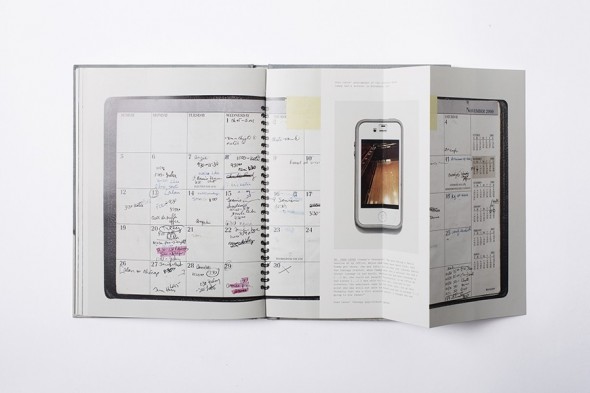
The story that “The Epilogue” is the epilogue to is that of the life and death of Cammy Robinson, an American yound woman, who died of bulimia in 2005 at the age of 26. The photographer did not meet Cammy, and the project took place eight years after her death. Which means that in order to tell the story, Laia Abril had no choice but to use who was left, and what was left, meaning the family members and friends who survived her, as well as the objects and documents which may pertain to her story.
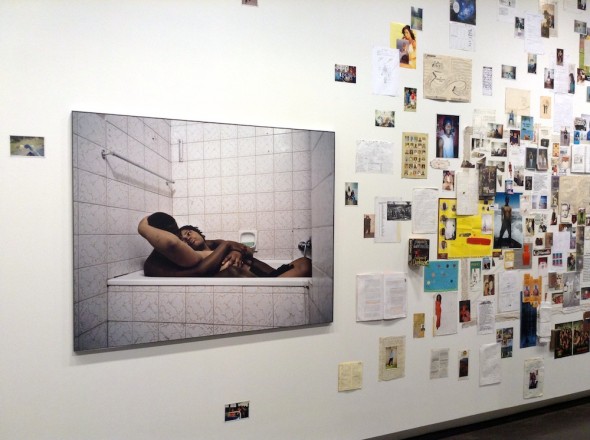
What happens when the job at hand is to document a 54 story high building, former architectural jewel/utopia, and current rat hole, just about to undergo some serious transformation? That is the question Mikael Subotzky was facing when he began his work on the tower of Ponte, in Johannesburg in 2007. His answer is a […]
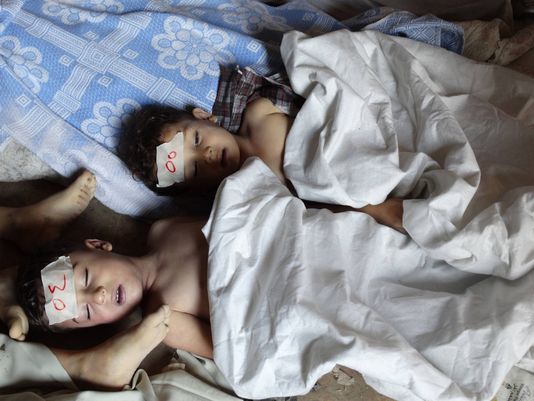
In today’s situation if feels that the –imminent- decision of western countries to intervene in the Syrian mess had been triggered by those horrendous images. Not by the reality, but by images of reality.
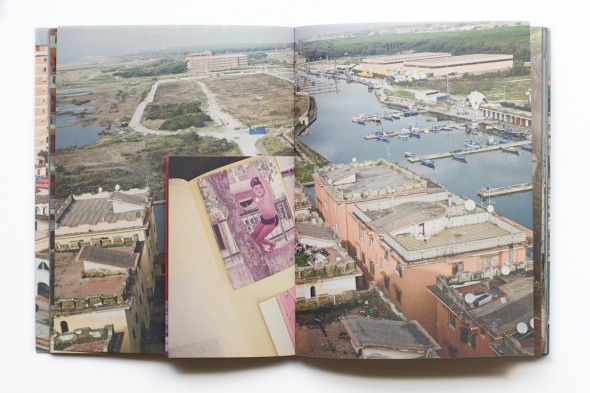
One could fear that including photos of the author as a child would be a gimmick and to fail, had it been just: “look how happy/innocent life was then, and how terrible this place looks now”, illustrated by empty pools, and dilapidated constructions. When in fact Santoro’s work is both deep and complex. The short text opening the book -which refers to a “Kalashnikov shooting” heard by the author- alerts the reader that there is something more at stake here.
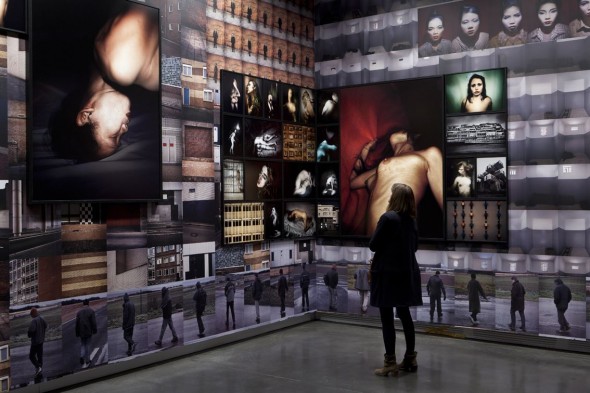
A photographic print is in essence on “object” of limited charm, of little potential desirability in its physicality. It is a sheet of paper. Granted this “paper” can have various sizes, as well as various textures, and even weights. Yet it remains a “poor object”. Which accounts for all the efforts put into their presentations, be it in portfolios, or within frames hung on walls.





